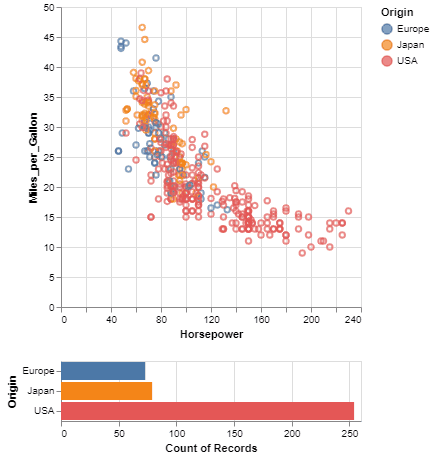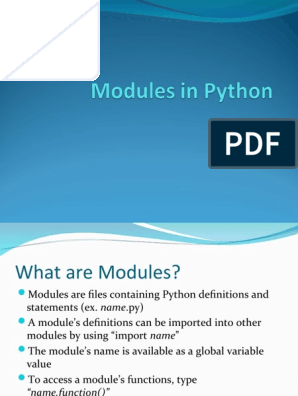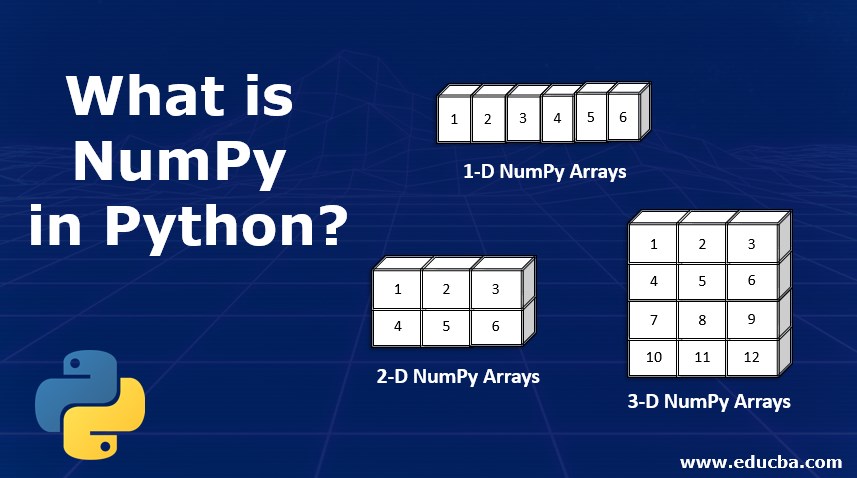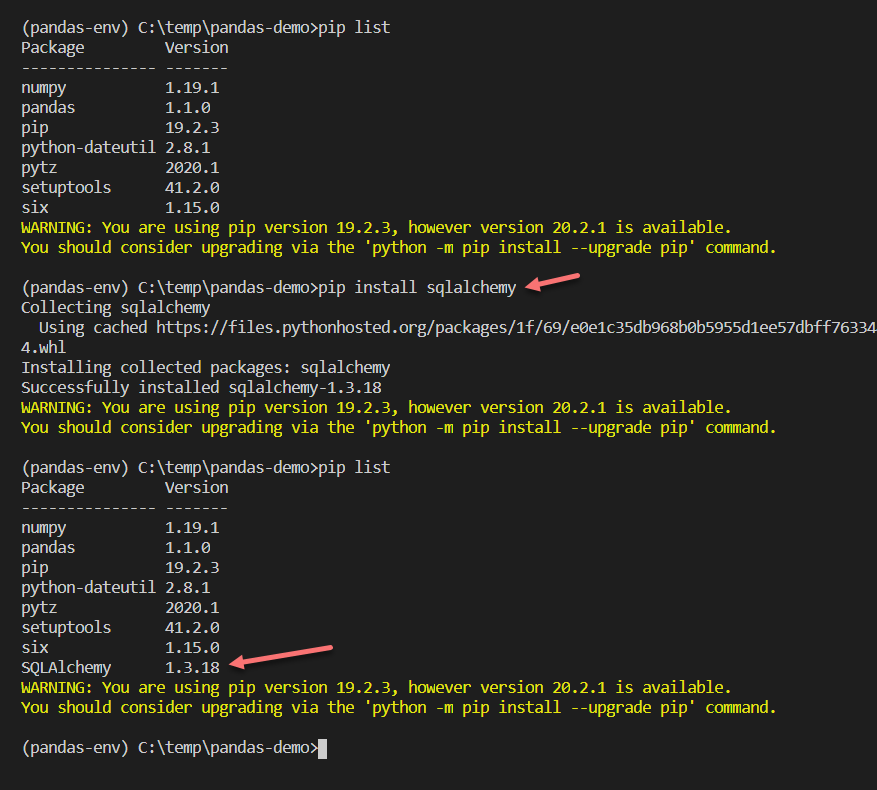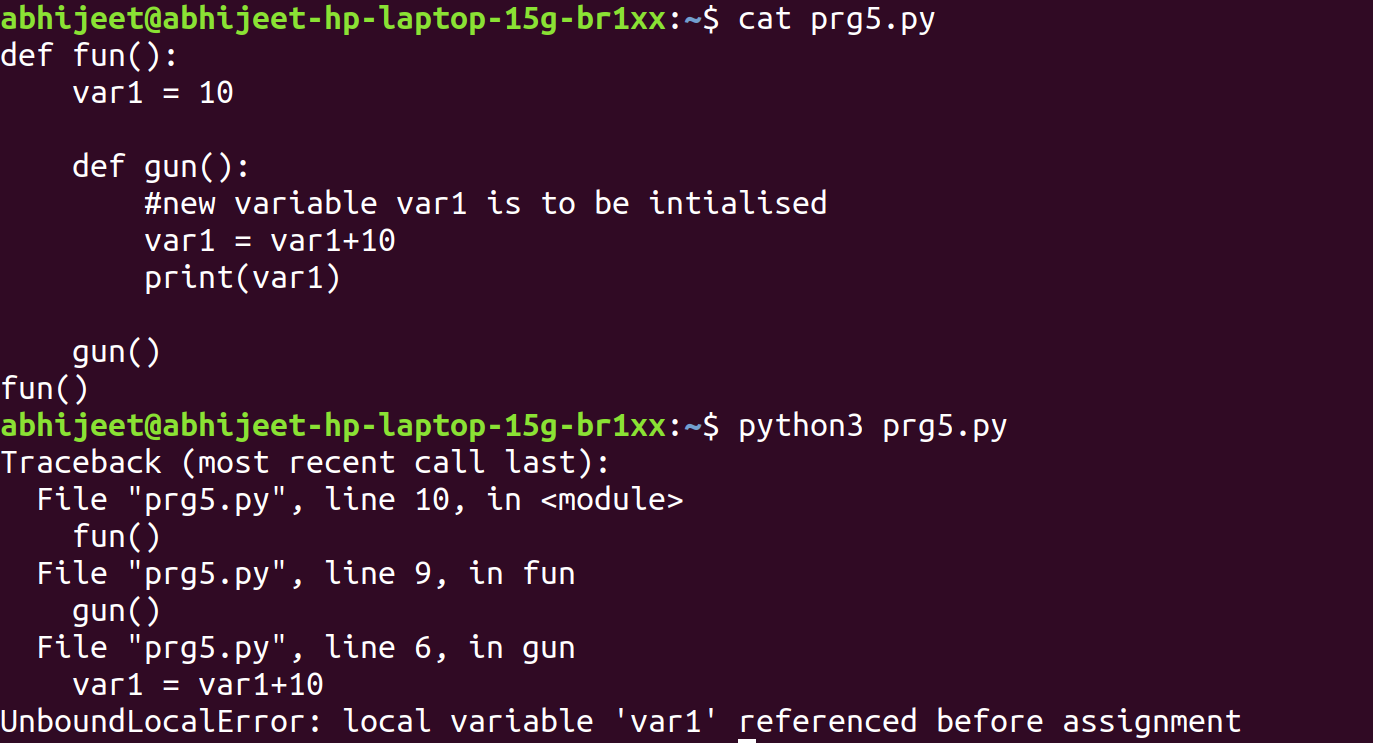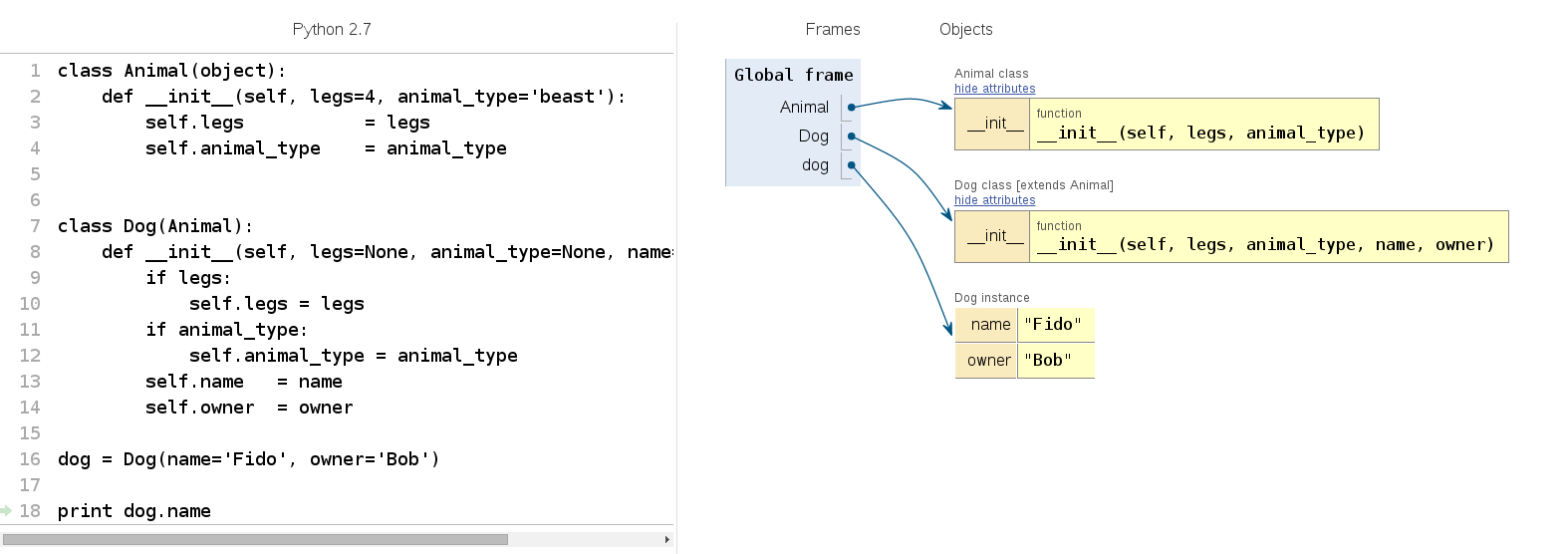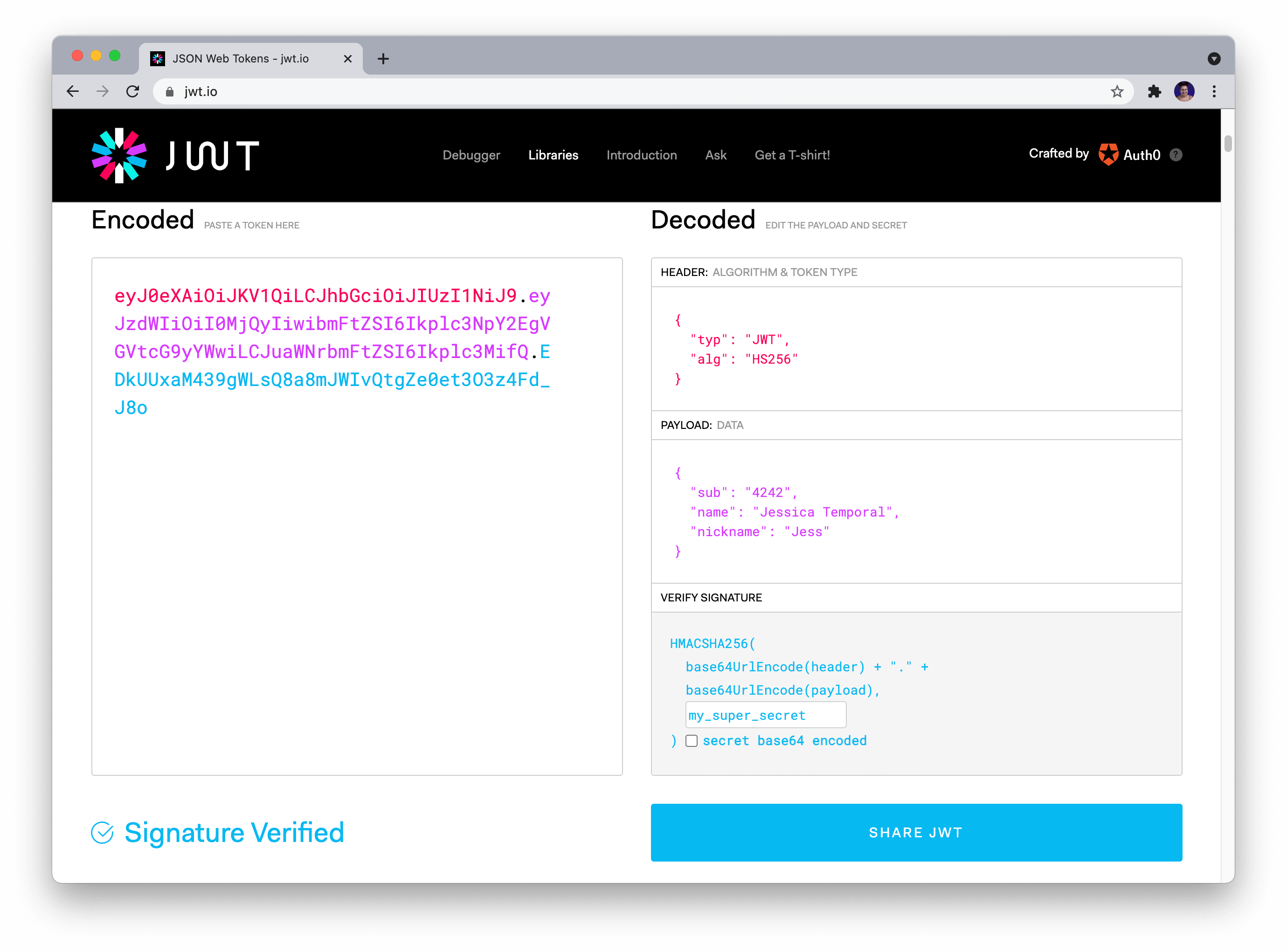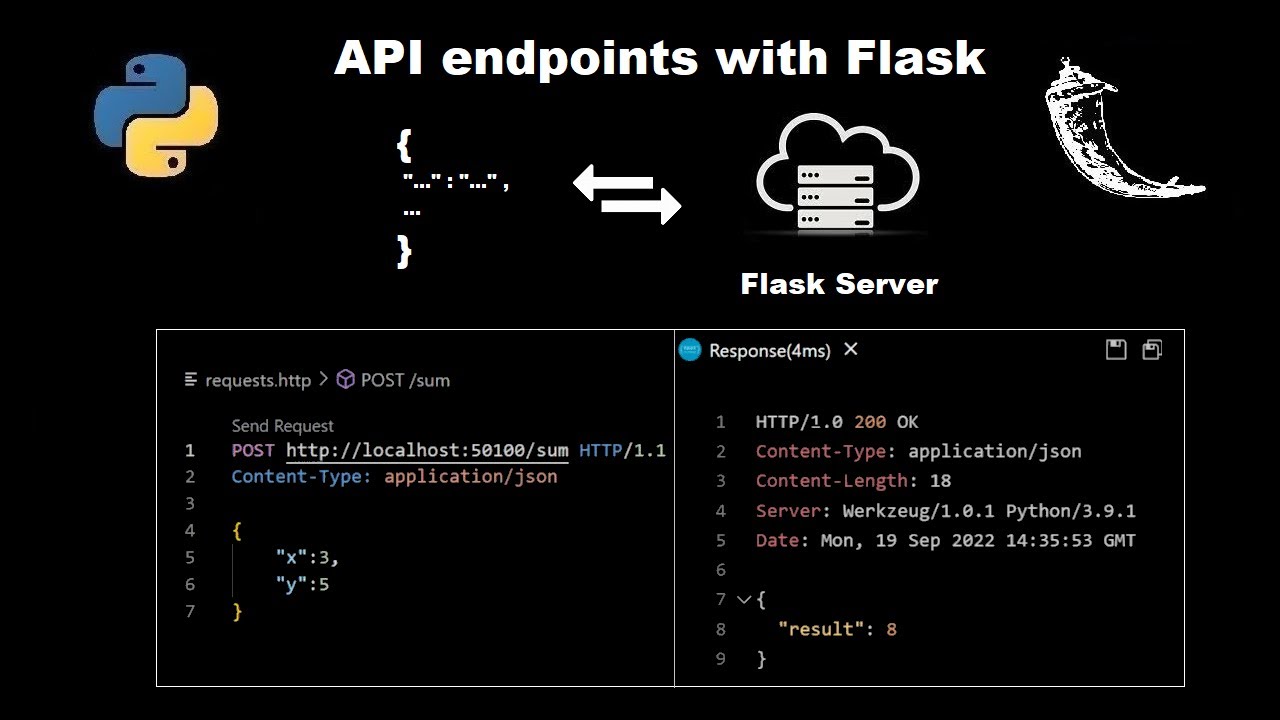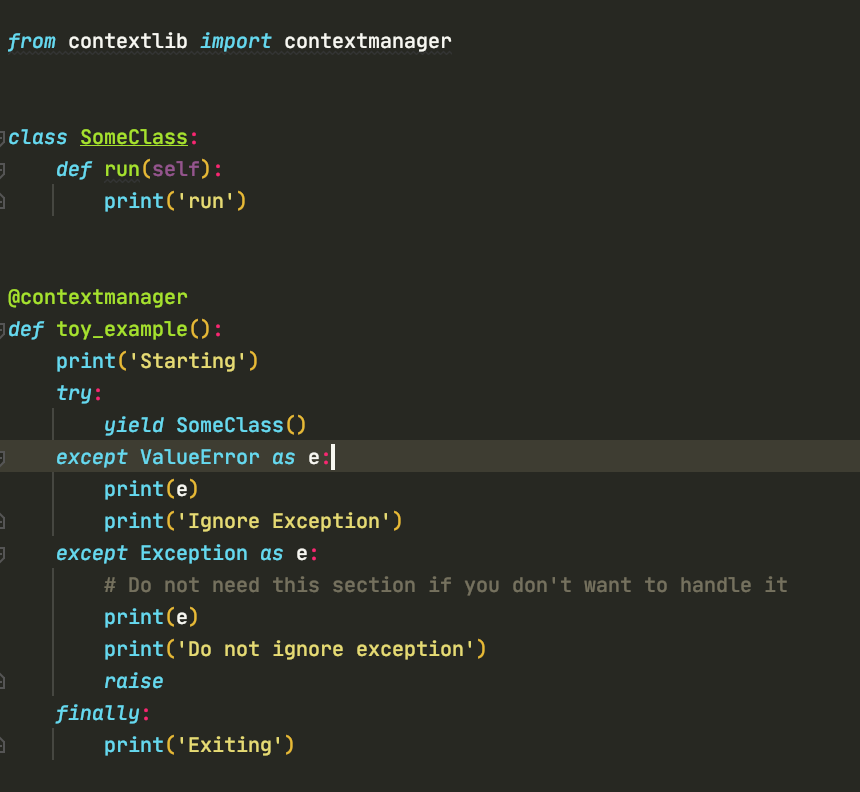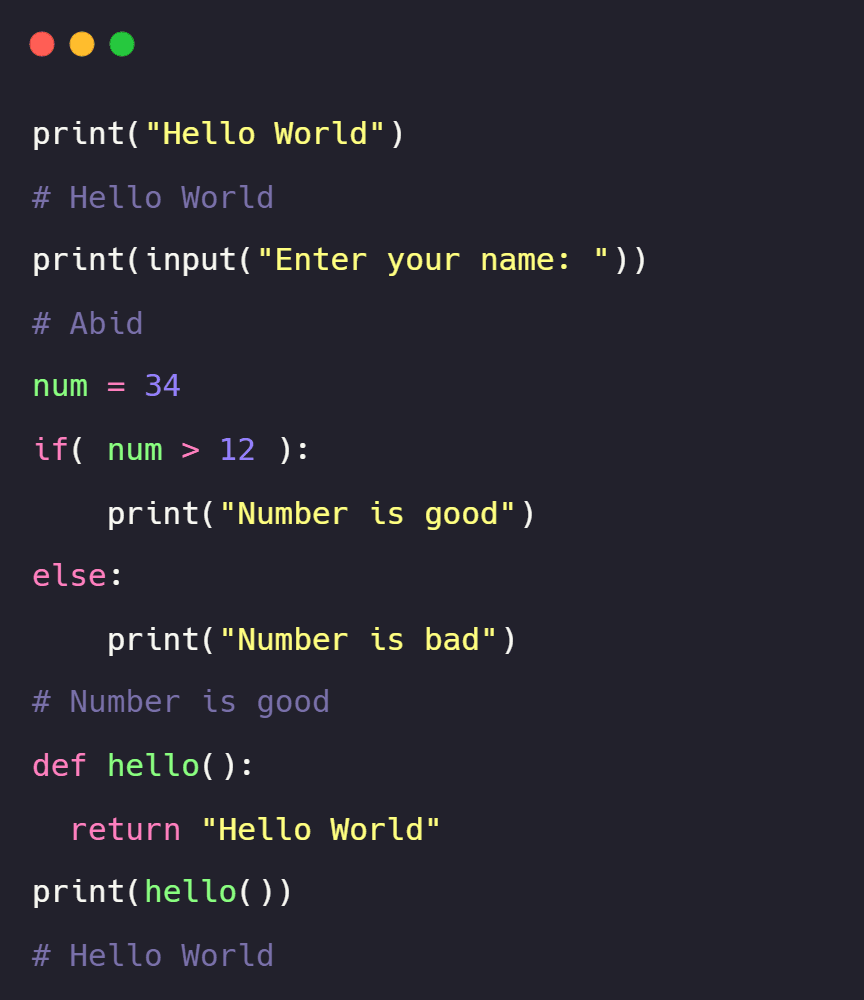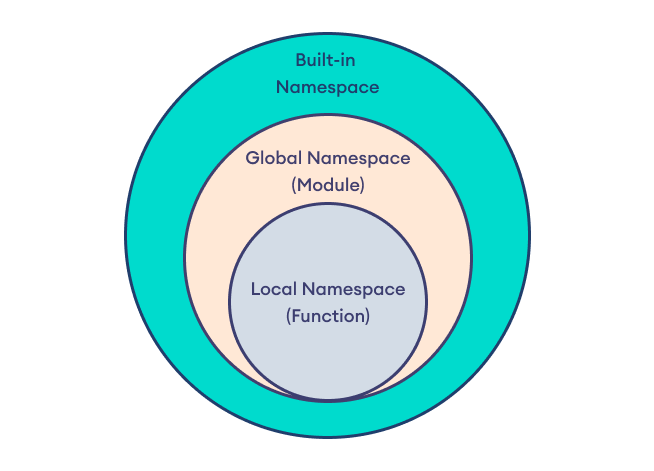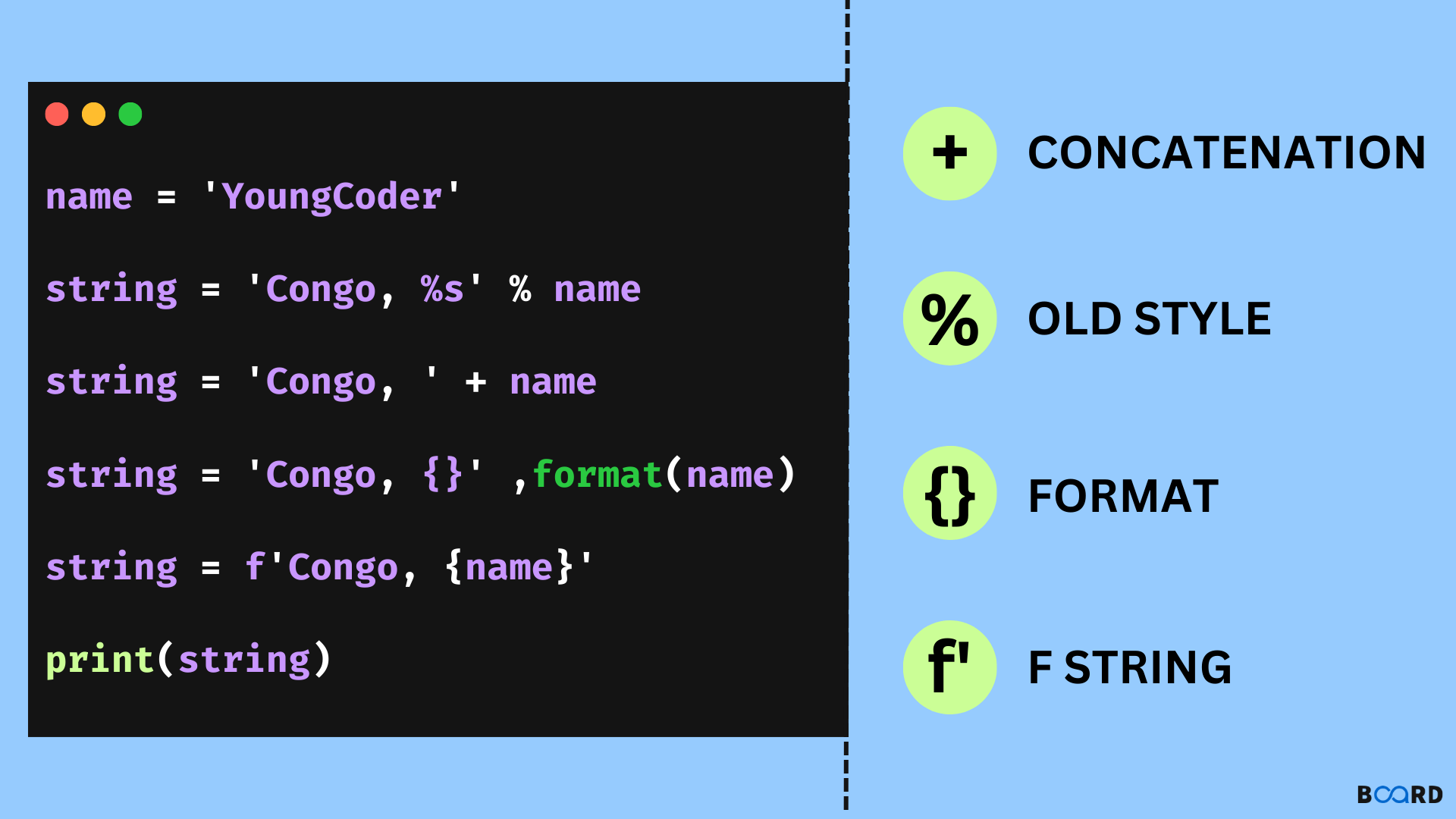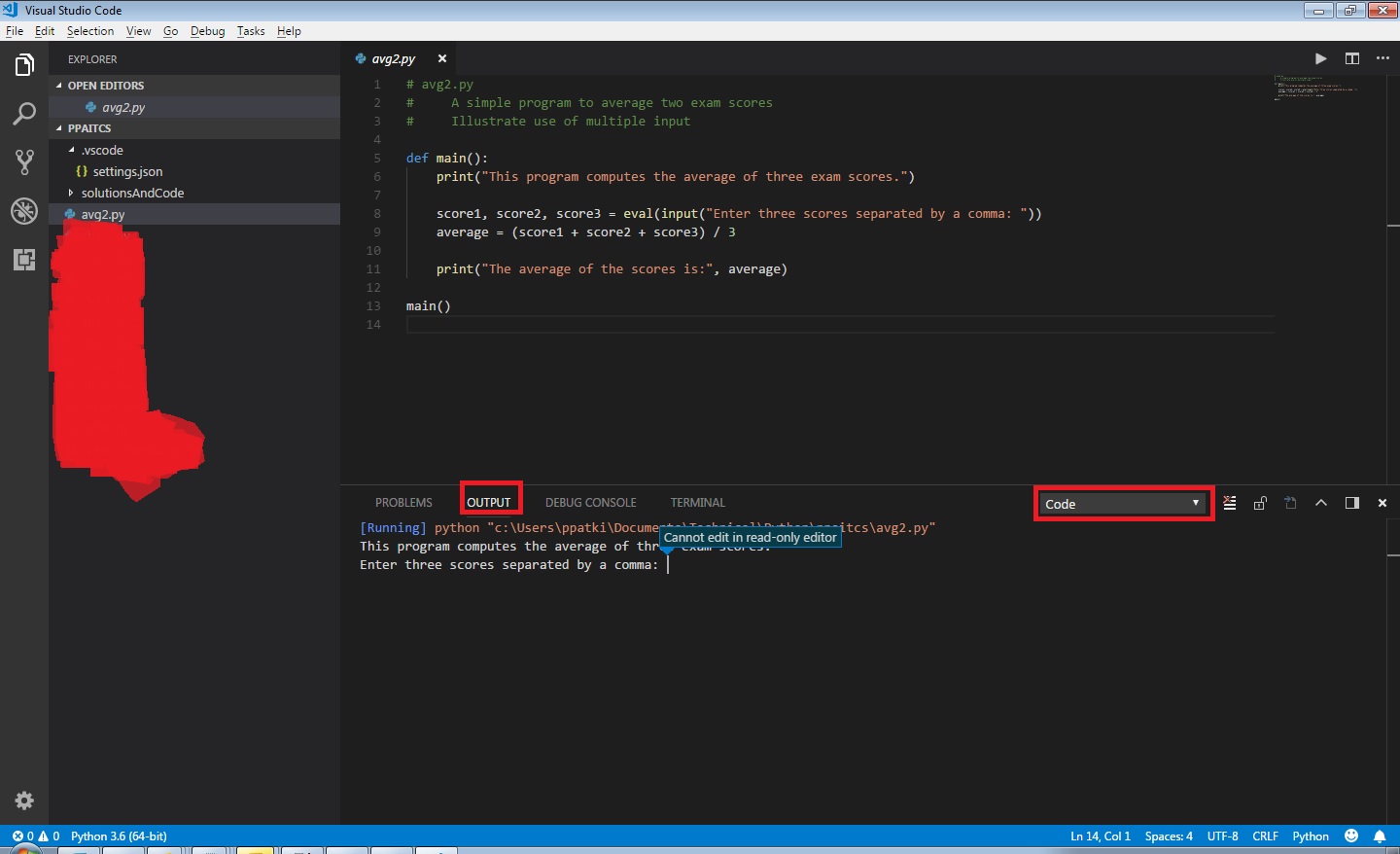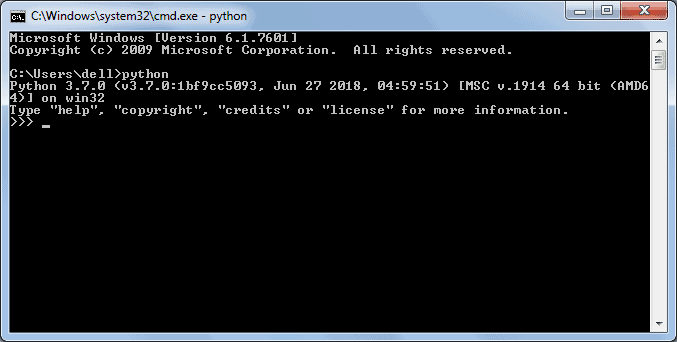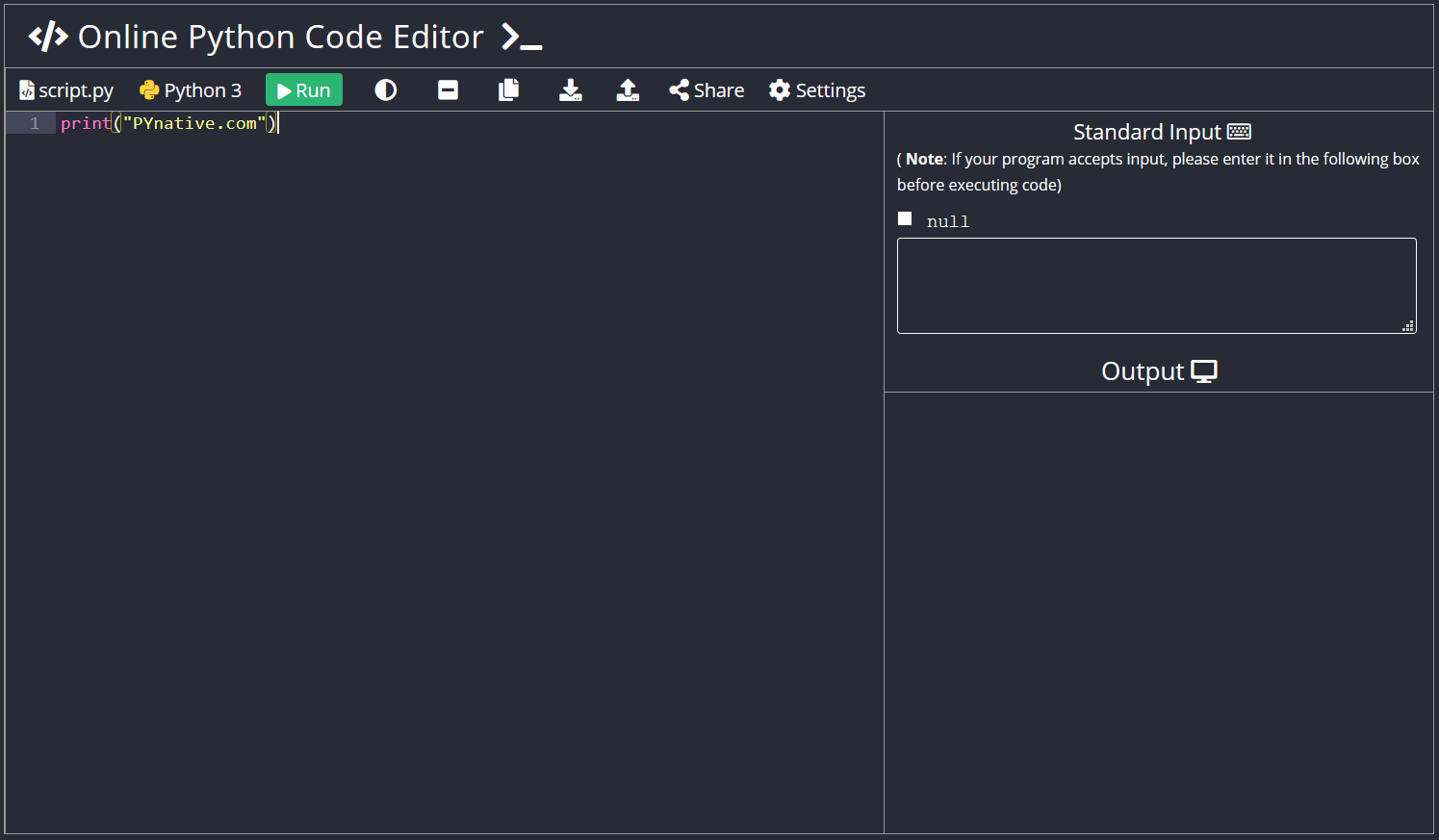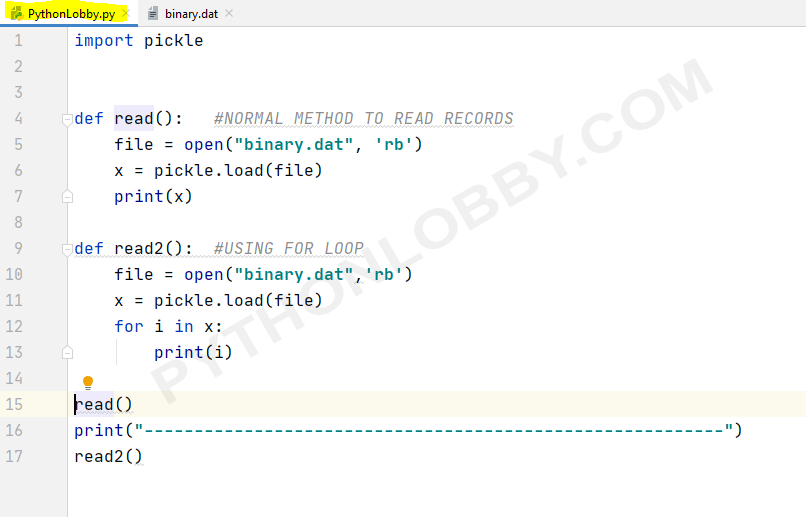How to take input in linked list in Python?
How to take input in linked list in Python?
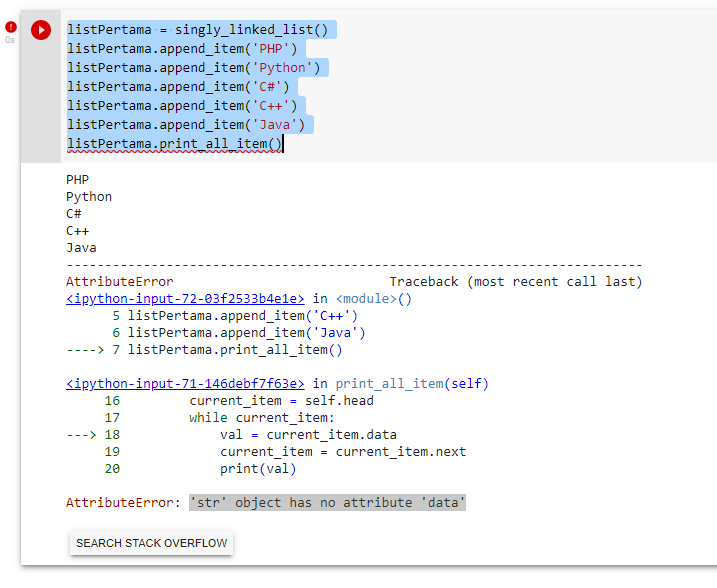
Here's an explanation of how to create a linked list and add elements to it in Python:
In Python, you can create a linked list by defining a Node class that has two attributes: data (the value stored in the node) and next (a reference to the next node in the list). The main difference between a linked list and an array is how data is stored.
Here's a simple implementation of a Node and a LinkedList:
class Node:
def init(self, data=None):
self.data = data
self.next = None
class LinkedList:
def init(self):
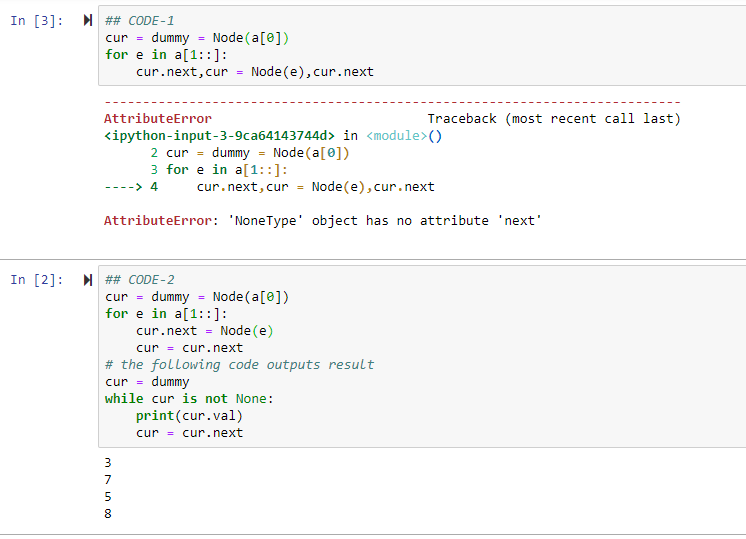
self.head = None
To create a new node with some value, you can do something like this:
def append(self, data):
if not self.head:
self.head = Node(data)
else:
current_node = self.head
while current_node.next:
current_node = current_node.next
current_node.next = Node(data)
Creating a new linked list and adding some elements to it
my_list = LinkedList()
my_list.append('A')
my_list.append('B')
my_list.append('C')
To take input from the user for a linked list, you can use a while loop:
def main():
my_list = LinkedList()
while True:
user_input = input("Enter some data (or 'stop' to stop adding): ")
if user_input.lower() == 'stop':
break
else:
my_list.append(user_input)
main()
In this code, my_list is the linked list where we're going to add elements. The program then asks the user for some data and adds it to the linked list until the user decides to stop adding.
Here's the full code:
class Node:
def init(self, data=None):
self.data = data
self.next = None
class LinkedList:
def init(self):
self.head = None
def append(self, data):
if not self.head:
self.head = Node(data)
else:
current_node = self.head
while current_node.next:
current_node = current_node.next
current_node.next = Node(data)
def main():
my_list = LinkedList()
while True:
user_input = input("Enter some data (or 'stop' to stop adding): ")
if user_input.lower() == 'stop':
break
else:
my_list.append(user_input)
current_node = my_list.head
print("Your linked list is:")
while current_node:
print(current_node.data)
current_node = current_node.next
main()
This program creates a new node for each piece of data the user inputs, and then adds it to the end of the linked list.
Is Python list better than linked list?

I'll respond in English since you requested it!
The age-old debate between Python lists and linked lists is a common topic of discussion among programmers. While both have their strengths and weaknesses, I'd argue that Python lists are generally more suitable for most use cases.

Advantages of Python Lists:
Efficient insertion and deletion: When inserting or deleting elements in the middle of a list, Python's underlying implementation (based on arrays) allows for O(n) complexity, making it faster than linked lists. Cache-friendly memory access: Since lists are implemented as contiguous blocks of memory, accessing elements is more cache-friendly, leading to better performance. Native support for slicing and indexing: Lists come with built-in support for slicing (e.g.,my_list[1:5]) and indexing (my_list[-1]), making it easier to work with large datasets. Pythonic syntax: Python's list-based API is designed for simplicity, readability, and ease of use, which makes code more maintainable.
Linked Lists' Strengths:
Dynamic memory allocation: Linked lists can be optimized for memory usage by dynamically allocating nodes as needed, making them suitable for systems with limited resources.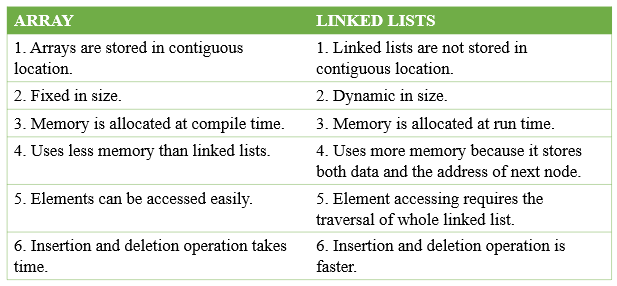
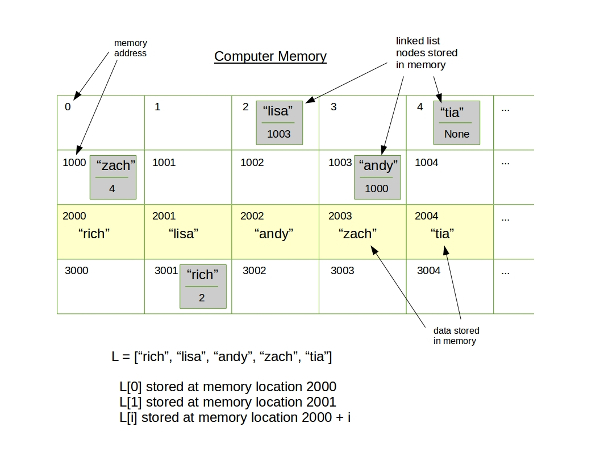
When Linked Lists Might Be Preferred:
Large-scale data storage: When dealing with enormous datasets where memory efficiency is crucial, linked lists can be a better choice. Memory-constrained environments: In situations where memory allocation is limited, linked lists' ability to dynamically allocate nodes becomes beneficial. Specific algorithms or use cases: Certain algorithms or applications (e.g., garbage collection) might benefit from the unique properties of linked lists.Conclusion:
In general, Python lists are a more suitable choice for most scenarios due to their efficient insertion and deletion mechanisms, cache-friendly memory access, and native support for slicing and indexing. However, if you're working with large datasets, have strict memory constraints, or require specific benefits offered by linked lists, then a linked list implementation might be the better choice.
So, while both data structures have their strengths and weaknesses, Python lists are generally the more versatile and efficient option in most situations.

